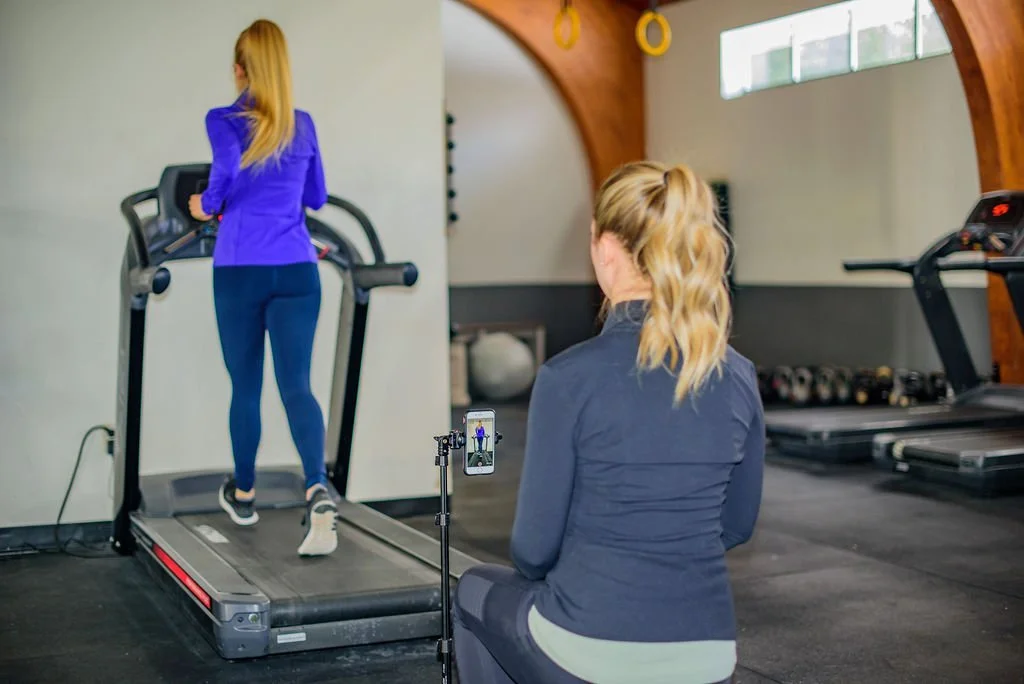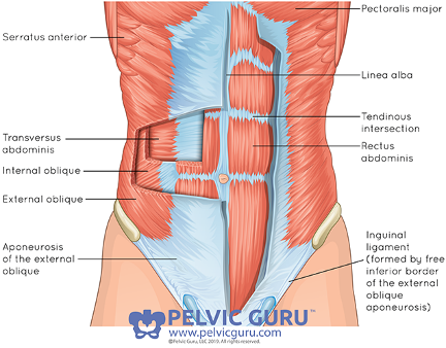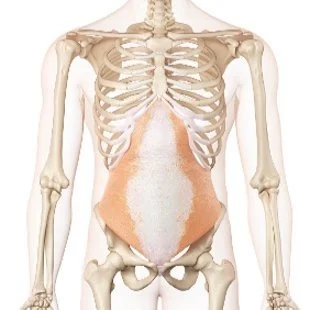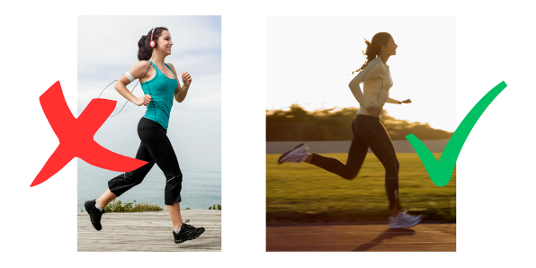How Do I Know If I am Ready to Run Postpartum?
Returning to running postpartum doesn’t require fancy equipment, a gym membership, or needing to go somewhere specific to get a “good” workout in.
It is important to understand, however, that running requires a lot of strength, stability, and control. If we break running down, it is a dynamic single-leg hop, balance, and mini squat over and over again. With each running step, one leg has to absorb and control forces that are 3-4x your body weight. You take an average of 1,500 steps per mile of running. That’s a lot of load!
The 6-week Postpartum Clearance
If you have ever had a baby, I’m sure you’re aware of the “magic number” of getting cleared to return to activity at 6 weeks postpartum. For many, 6 weeks is a great time to begin building back into a workout/activity routine.
BUT, if we jump straight into higher level activities and skip the proper progressions to prepare our body for the task, this can lead to pain and injuries. It also increases the likelihood of worsening common postpartum symptoms such as leaking, prolapse, diastasis, low back pain, SI joint pain, and generally feeling disconnected from the body.
So how do we return to running safely?
Connect with your breath: If you’ve read any of our other blogs, you’ve come across this before - It’s important! During pregnancy, our breathing mechanics generally change to make room for the growing baby. We want to re-establish proper mechanics so our muscles are working efficiently to support us.
Our core is like a canister.
The top of that canister is the diaphragm (shaped like an upside-down bowl)
The walls of the canister are the abdominal muscles
The bottom of the canister is the pelvic floor (shaped like a right-side-up bowl)
As you breathe in: the diaphragm should come down and expand like an opening umbrella. As your diaphragm “umbrella” expands, the pelvic floor should relax and flatten down slightly to help absorb the change in pressure. The abdominal muscles also gently expand on the breath in.
As you breathe out: everything should gently recoil and return back to where it started.
Learn more about proper breathing form in our diaphragmatic breathing blog.
Without this coordination, it becomes more difficult for your pelvic floor and core to be strong and flexible to help support your body with running.
Connect and strengthen your core
As baby grows, our core muscles change shape and stretch to make room. If we aren’t strong and stable in our deep core muscles, we can’t absorb forces well, and we can’t keep our pelvic floor, low back, and hips protected. If this is the case, you may feel low back pain, SI joint pain, pelvic floor symptoms, hip or knee pain.
We want to make sure that we are connecting with the deep layers of the core. If you are doing core exercises and you notice bulging through your core, the deep layers are not being as efficient as they could be!
Picture 1 shows all the core muscle layers.
Picture 2 moves all the superficial layers out of the way to show us what the deepest layer looks like - we want to make sure we can connect with this deep layer (known as the transverse abdominis).
Practice Connecting with Your Deep Core (Transverse Abdominis):
Lie down on your back with your knees bent.
Breathe in and relax.
As you breathe out, think about trying to pull the points of your hips toward each other, and gently up toward your nose at the same time.
We are looking for a feeling of tension across the front of the core, almost like you are trying to give yourself a hug with your abdominal muscles.
This is not a crunch or a sit up, and your abdominal muscles should pull in slightly rather than push out. We want to practice feeling that gentle tension hug on purpose, so we can apply that feeling to other exercises we do for optimal stability.
Strengthen your hips
Glutes and hamstrings are necessary muscles for running. They help you absorb force and propel you forward to the next step.
Some examples of hip strengthening include:
Bridges
Clams
Squats
Lunges
Step ups
Work on single leg strength and stability
Remember, running is basically a single leg activity - only one foot is touching the ground at a time. A good benchmark for single leg strength is to be able to do:
30 controlled single leg calf raises on each side
2-3 sets of 10-15 repetitions of controlled single leg squats on each side
2-3 sets of 10-15 repetitions of controlled single leg hinges on each side
And here’s the catch - can you do it without using your hands or your other foot for balance? That may sound like a lot, but if we think back to an average of 1,500 steps per mile while absorbing 3-4x our body weight with each step, 30 in a row doesn’t seem like quite so much!
General Running Tips
Be aware of your cadence.
To find your cadence, keep track of how many times your right foot hits the ground in 1 minute. Multiply by two to get your cadence. An optimal cadence is 180 steps per minute when running. With this faster cadence around 180 steps per minute, this often leads to improved abdominal muscle position and connection, softer landing on the ground, less contact time with the ground, and a more optimal foot strike on the ground.
Slower cadences often lead to increased impact with each foot landing, decreased glute and hamstring involvement, and higher ground reaction forces.
Tip: you can use a metronome app to help retrain your cadence.
Keep your ribs stacked over your pelvis with a slight forward lean.
If we are running very upright, this typically overuses our back muscles, increases our impact with the ground, and makes it harder to absorb each step in a way that doesn’t reverberate through our joints and pelvic floor.
Listen to your steps: are you landing softly?
Are you landing on your feet pretty heavy so someone could hear you coming? Or do your steps sound soft and quiet?
We want to work on soft impact to decrease the strain on the joints and pelvic floor. Thinking about trying to land on the ground with more of your midfoot compared to your heel can help with this.
Looking for easy ways to improve your running form? Check out our blog on running.
Photo 1: this person is running with an upright posture, and landing on their heels
Photo 2: this person is leaning slightly forward, and landing more on their midfoot
How Anchor Physical Therapy & Performance can help you get back to running postpartum
There are a number of other things that we can assess and quite a few ways to address specific deficiencies and imbalances based on individual body mechanics and tendencies.
In a typical postpartum session we would:
Learn about your running history, pregnancy and birth story, and find out what specific goals you have (is there a specific race you want to be able to run in?)
We assess your breathing pattern and core strength to determine how your postpartum recovery is going.
Movement screen: we will have you perform a variety of movements to determine your strength, stability, and potential mobility restrictions. We look everywhere from your ankle mobility to your upper body movement to determine where to best focus our session
Perform a video running gait analysis to assess your form and see how everything looks and feels to give you tips
If you have a goal of returning to running postpartum and want to ensure that you’re progressing safely and efficiently, Book a FREE Discovery Call with one of our therapists.
Chelsea Tulimiero, PT, DPT





